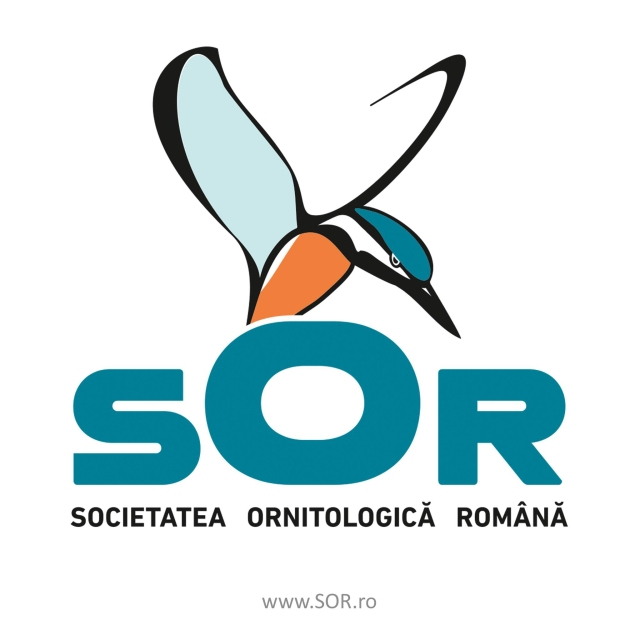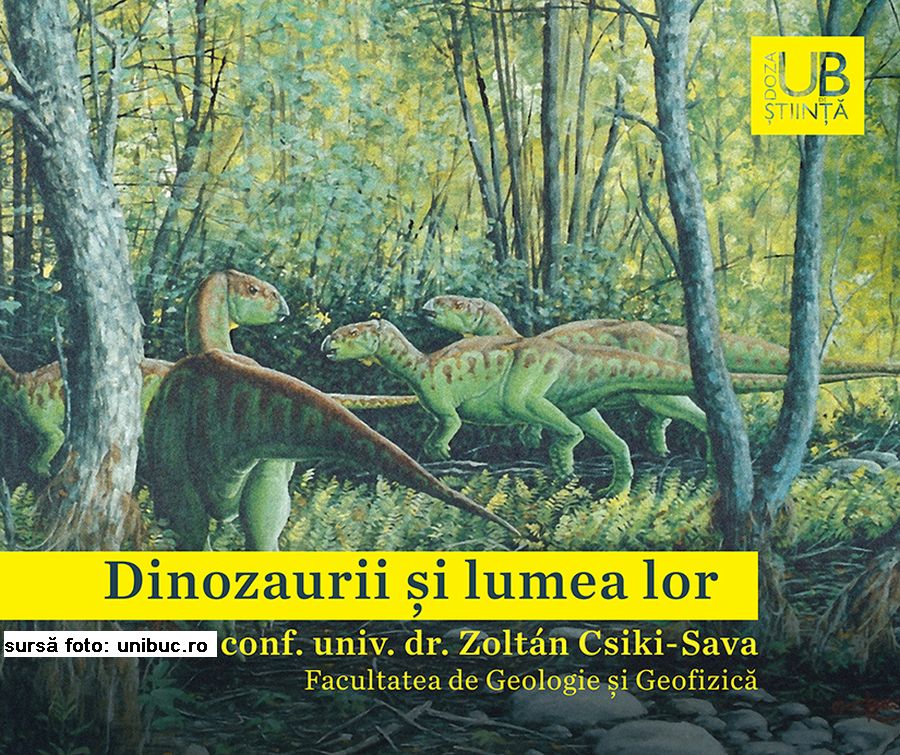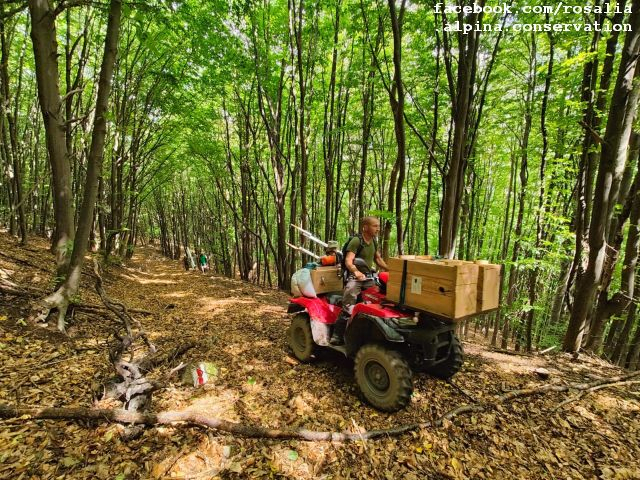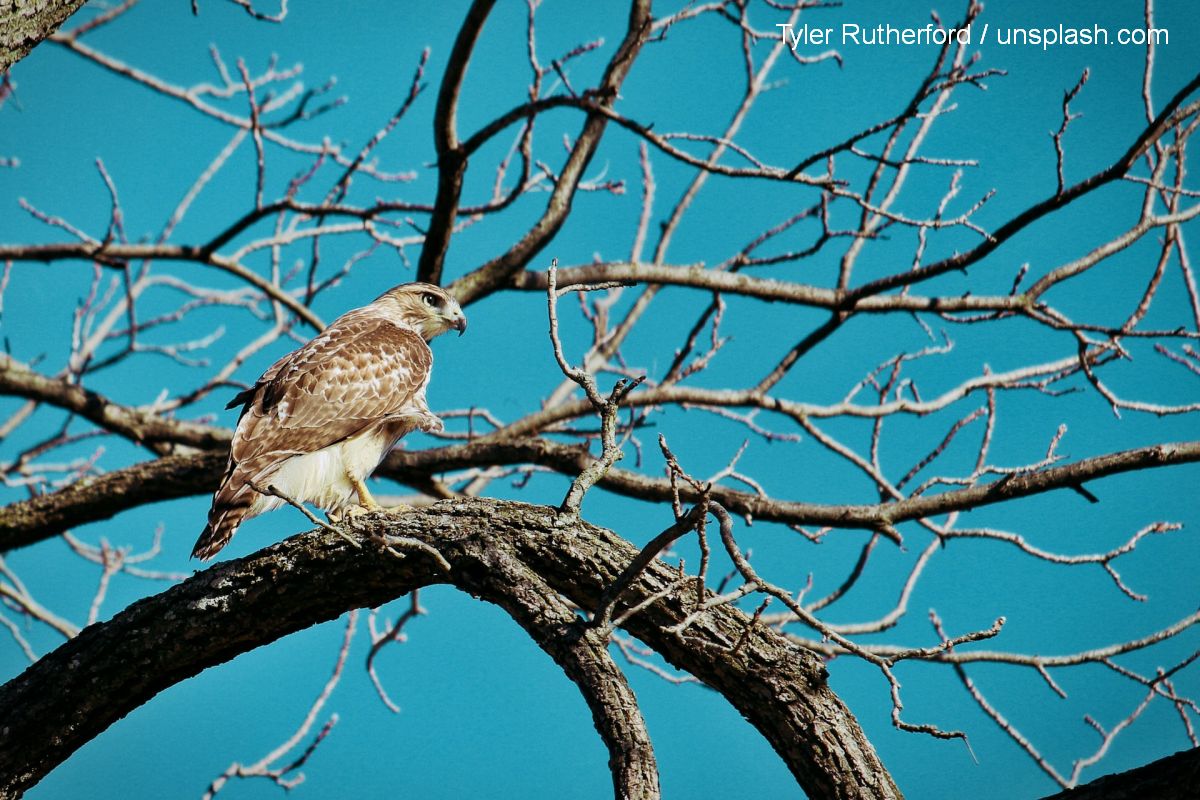Monitoring Storks
Stork watching is not a birdwatching dream anymore

Eugen Coroianu, 25.09.2020, 13:00
In order to better monitor nesting storks across the country, the Romanian Ornithological Society, ROS has paired up with an electric power supplier to dispense mobile devices for regular people to spot the birds. It is called Theres the stork!, and this app has yielded record results this year, because users have recorded 5,000 spottings, most of them validated by experts, which is a significant rise since last year. After comparing all spottings, eliminating overlaps, the result was 3,575 single nests registered by the app, added to the ones known by other means. The app is fairly simple: the users have to carry a smart device with location turned on, fill in a brief form, and take a photo of the nest. The data is conveyed to the ROS, which processes them in order to rule out overlaps and false cases. It seems that people have been taking this seriously, considering that just over two percent of the data was erroneous. Since the year 2017, when the app was introduced, it was downloaded 10,000 times. Getting back to the hands on situation, about two thirds of the nests are on metallic electricity poles, with the rest being laid on chimneys, roofs, or trees. Most of them were localized in Tulcea county, in the southeast of the country. Valentin Marin, project manager with the Romanian Ornithological Society, told us why this is important:
“As experts, we are interested in all bird species in Romania, not only storks, and we do it systematically, to see what the trend of the population is. Some changes in habitat can alter the population of a given species. These changes in habitat are significant for humans too. The increase or decrease of a bird population can be a warning sign for humans, because it can warn of a danger. If birds suffer, that is just a link down the chain, because it signals a change in habitat for every living being. It may be the quality of the food the birds get, or the water, or the quality of the air. This is the reason for which we believe that storks are important because they can tell us what is in store for us too. It is important for electricity providers to know where stork nests can create problems, because they sometimes do, as we have seen. Nests can be shifted by the wind, creating problems, they can short out power lines if they are gusted by strong winds, setting things on fire, which is a great inconvenience for the power company and people alike.”
In order to avoid such situations, the power companies have started to install mounts dedicated to stork nest building, in order to alleviate the risk of accidents. They are also installing alarm systems and special insulation on power lines. It turns out that birds coming back from their migration do use these installations for building their nests. We asked Valentin Marin how the stork situation in Romania compares to other countries.
“The mobile app has behind it a website with a map. Everyone can look up the distribution of stork nests that have been registered by the app. I cannot really tell if we are in a better situation than other countries, because this is not a competition. We are probably better off than other countries, and I say that because the trend is not decreasing, but level, even pointing up a bit. Storks have not had much to suffer since we started recording systematically. At the European level, storks are somewhere around 230,000 pairs. As far as we could see, Eastern Europe has the largest number of nesting pairs, around 40 percent of the world population. Which probably means that we are hosting a very large number of them.”
The Romanian Ornithological Society is the most significant bird conservation organization in Romania. As they write on their website, they want to inspire people to protect birds and their habitats, ensuring that future generations will be able to enjoy them as well. As for storks, they have been dwindling in numbers, but the population has been stabilizing in the last few decades. They make large nests which they use years on end. They are much beloved in Romania, where they are believed to bring good fortune to the house on whose chimney they nest, and are believed to bring the first born to a newly wed couple.






























